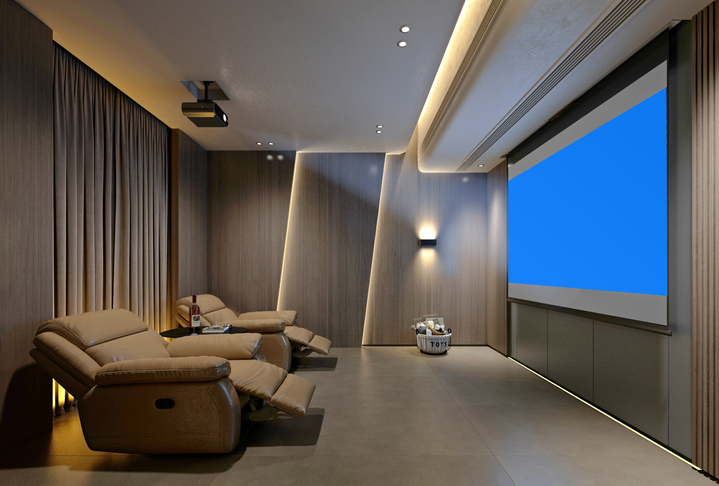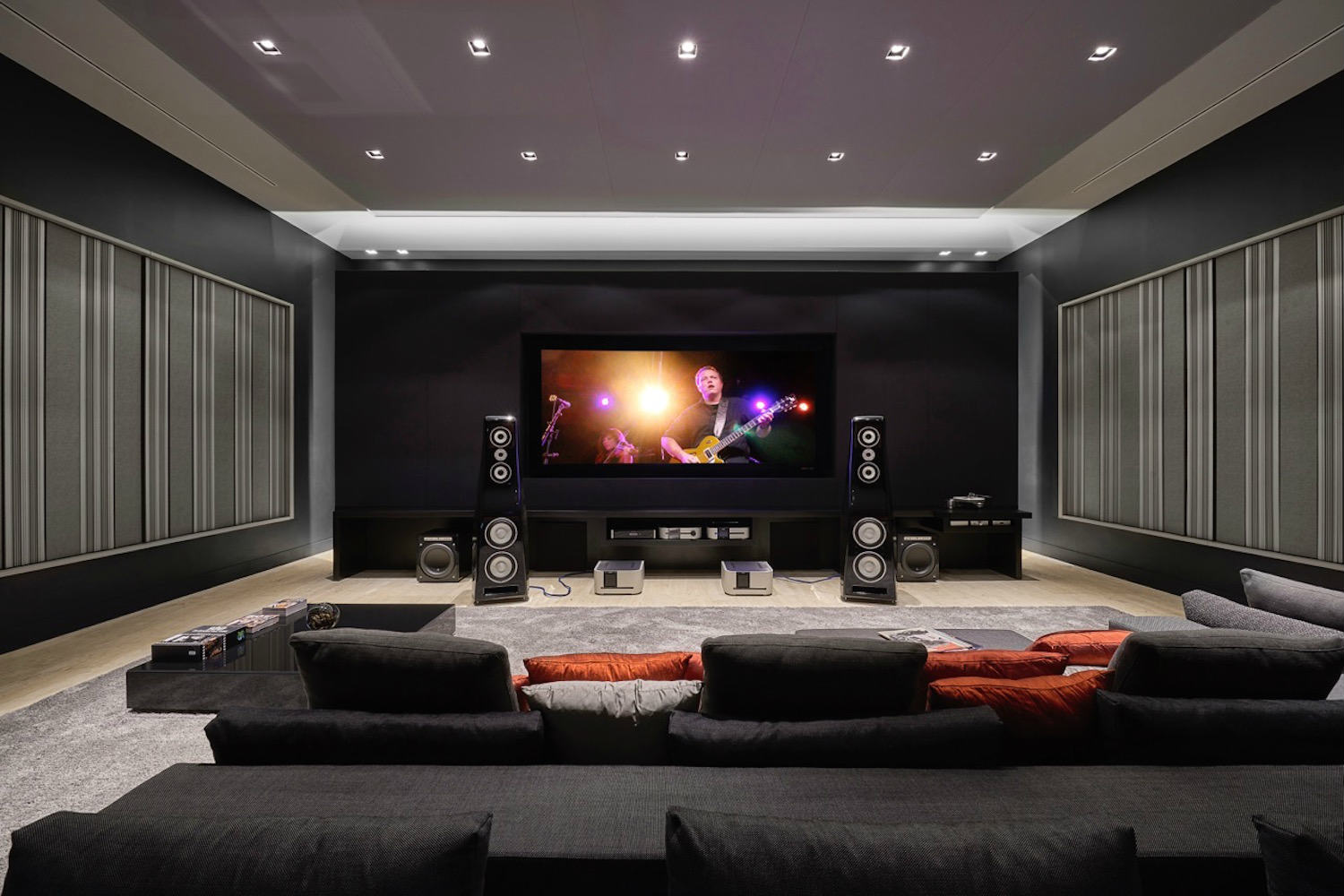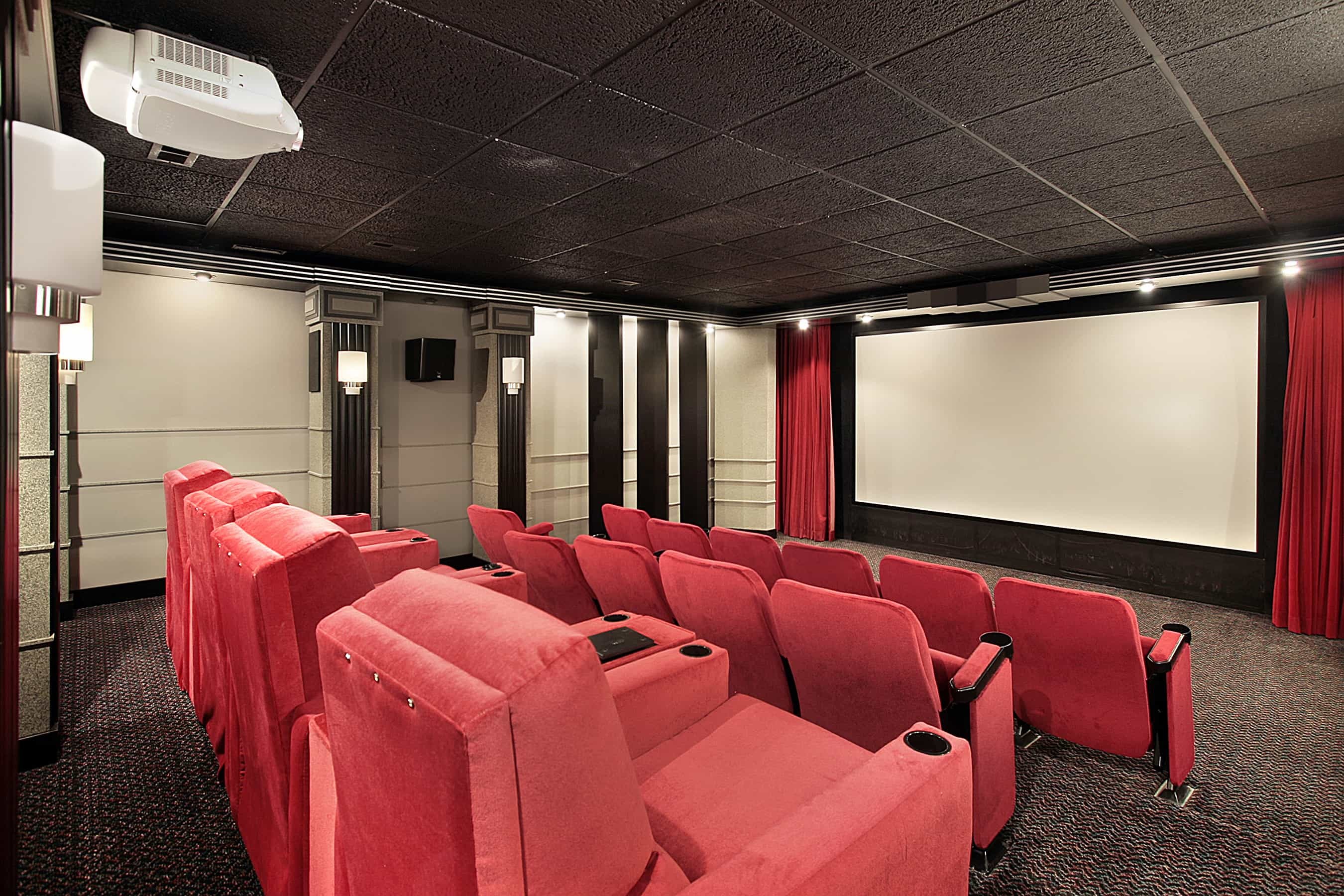Expert Home Theater Tampa Solutions for All Budgets
Expert Home Theater Tampa Solutions for All Budgets
Blog Article
Home Theater 101: Every Little Thing You Need to Know for a Motion Picture Experience in the house
Developing a home theater that equals the motion picture experience of an industrial theater involves careful factor to consider of several components, including screen option, sound systems, and space format. Each component plays a crucial duty in accomplishing the wanted ambiance and capability. Whether you are considering the suitable display size or the intricacies of surround audio, recognizing these basics is necessary. As we discover these critical elements, it ends up being evident that the selections made can dramatically influence your overall viewing experience, leaving one to ponder how these choices will certainly form your individual movie theater.
Selecting the Right Screen
When establishing a home cinema, choosing the best display can make or break the checking out experience - tampa home theater installation. The screen functions as the focal point of your setup, influencing image quality, seeing angles, and general aesthetic. Secret elements to think about include screen resolution, kind, and dimension
Initially, identify the ideal screen size based on your room dimensions and seating distance. Next off, select in between numerous display types, such as fixed-frame, mechanized, or retracting screens, each offering distinct benefits.
Resolution is another crucial variable. For an absolutely immersive experience, consider a screen designed for 4K and even 8K web content, ensuring sharpness and clarity. In addition, think about the display's gain, which impacts brightness and contrast; a higher gain can improve brightness in well-lit areas, while a lower gain may be more suitable for darker settings.
Picking Sound Equipment
Audio devices is a crucial component of any type of home movie theater system, significantly boosting the overall viewing experience. The option of audio equipment can determine the depth, clearness, and immersion of audio, vital for developing a motion picture environment.
When choosing audio equipment, consider a border stereo, which generally consists of a receiver, several audio speakers, and a speaker. A 5.1 or 7.1 network system is recommended, where the very first number represents the audio speakers and the second the speaker, offering an immersive soundscape. The receiver is the heart of the system, managing sound and video signals, and ought to support contemporary styles like Dolby Atmos for a boosted spatial experience.
Quality audio speakers are vital; try to find versions that offer a well balanced noise profile with excellent bass response. Floor-standing speakers can create richer noise, while shelf alternatives save room. In addition, think about wireless options for ease of installment, although wired systems commonly supply exceptional efficiency.
Optimal Seating Plans
Creating an ideal home cinema experience hinges significantly on optimum seating arrangements. The setup of seats plays an important role in both convenience and watching quality, directly influencing the overall motion picture experience.
First, consider the screen size and seeing distance. An usual guideline is to place seats at a range around 1.5 to 2.5 times the diagonal size internet of the display. This makes certain an immersive experience without stressing the eyes.
Next, altitude is essential. The back rows must be higher than the front to avoid blockages if your seats is in a tiered style. For level seats, make sure that the front row is not too close to the screen, which everybody has a clear line of vision.
Moreover, think about the arrangement in terms of social dynamics. Group seating can boost the common experience, while private seats might be liked for individual viewing.

Finally, prioritize comfort with ergonomic seating that supports extensive viewing periods. Including recliner chairs or supported seats can considerably boost the experience, making the home movie theater a preferred location for both entertainment and relaxation.
Lighting and Setting
Reliable lights and ambiance are necessary components of a well-designed home cinema, as they substantially influence the seeing experience. The best lights can enhance the cinematic feel, while inadequate choices can detract from it. For ideal outcomes, consider a layered lights strategy that includes ambient, job, and accent illumination.
Ambient illumination offers general illumination, making sure that the area is not entirely dark, which can strain the eyes. Dimmer switches are very advised, permitting changes based upon the material being seen. Task lights, such as wall sconces or floor lights, supplies practical illumination for activities like analysis or browsing the area without interrupting the total environment.
Accent lights can be utilized to highlight architectural features or create focal factors, adding depth and rate of interest to the area. LED strip lights behind displays or along racks can provide a subtle glow that enhances the visual experience without overwhelming the visitor.

Wiring and Installation Tips
A tactical electrical wiring setup is important for achieving optimal performance in your home theater system. Appropriate wiring not only makes sure top notch audio and video clip signals yet also enhances the general visual of your area. Begin by drawing up your layout, determining where each component will certainly be put, including your display, audio speakers, and receiver.
When picking cords, focus on top notch, properly assessed circuitry to minimize signal loss. HDMI wires must be used for video links, while speaker cord ought to match the specifications of your audio speakers and amplifier. Decide for in-wall ranked cables to adhere to security requirements and maintain a tidy appearance.

Conclusion
In recap, producing an extraordinary home movie theater experience requires careful factor to consider of various elements, consisting of screen choice, audio equipment, seating arrangements, illumination, and circuitry. Each component plays a critical duty in achieving ideal performance and setting, ultimately improving the satisfaction of home amusement. By focusing on these variables, a cinematic atmosphere can be effectively duplicated, enabling immersive watching experiences that rival traditional cinema setups. Focus to detail in each area is important for general contentment.
Developing a home cinema that rivals the cinematic experience of a commercial theater involves cautious consideration of several parts, including display choice, audio systems, and area layout.When setting up a home theater, choosing the best screen can make or break the watching experience. Next off, select official site in between numerous screen kinds, such as fixed-frame, motorized, or retracting screens, each offering distinctive benefits. For an absolutely immersive experience, consider a screen made for 4K or also 8K material, making certain intensity and clarity.In recap, producing an exceptional home movie theater experience requires mindful consideration of various aspects, consisting of display option, audio tools, seating plans, lighting, and circuitry.
Report this page